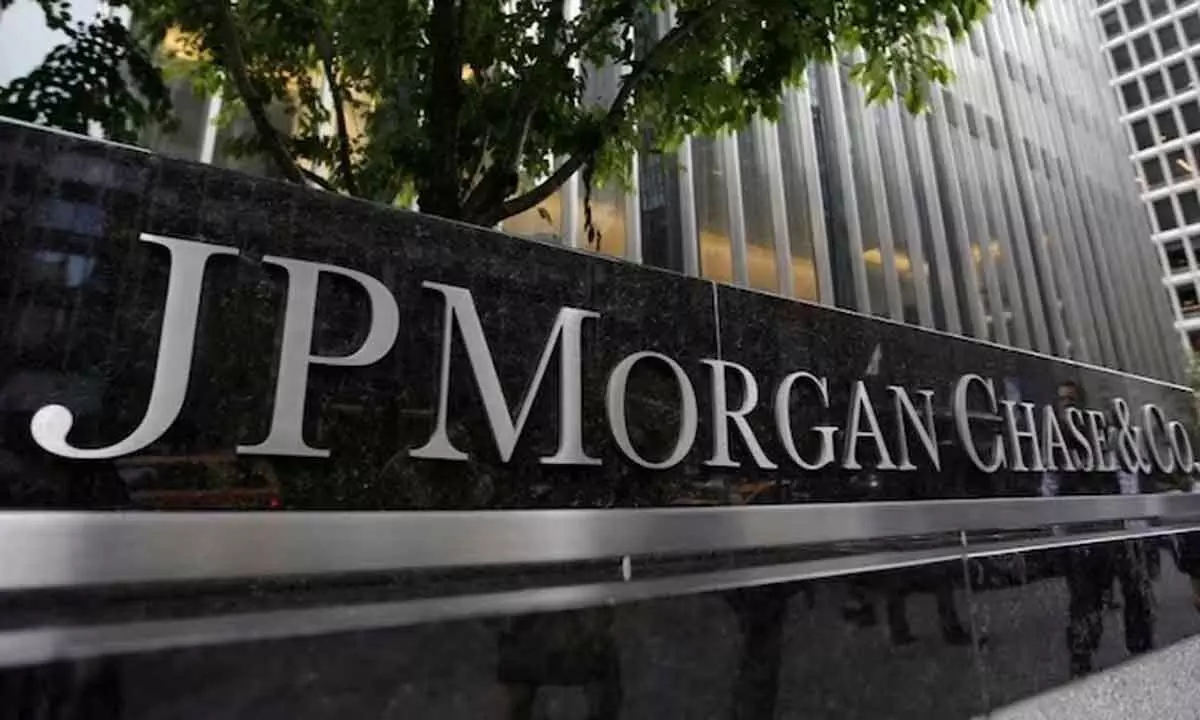Revised GBI-EM Global index suite takes Indian bond prices to new heights
image for illustrative purpose

After keeping it for almost two years in its watch list, JPMorgan has finally said that it will include Indian government bonds in its flagship GBI-EM Global index suite starting June 28, 2024. The announcement has already sent bond prices soaring-the benchmark 10-year government bond opened at 101.15 rupees, or 7.09 per cent yield, as against 100.63 rupees (7.17 per cent yield) at close on September 21. Assets worth $ 240 billion track the JPMorgan emerging market bond index in which Indian bonds will have a maximum weight of 10 per cent. Inclusion will be staggered over 10 months till March 2025 at roughly one per cent weight per month. The inclusion would bring in estimated inflows of $ 30-40 billion to India. The latest move by JPMorgan has improved their chances of getting into indices such as that of Bloomberg. On its part, the Indian government had actually begun discussing inclusion of its securities in global indexes way back as 2013. But, its restrictions on foreign investments in domestic debt held that back.
In April 2020, says a study by Tata MF, the Reserve Bank of India (RBI) introduced a list of securities that were exempt from any foreign investment restrictions under a ‘fully accessible route’ (FAR), making them eligible for inclusion in global indices.
JPMorgan identified 23 Indian government bonds with a combined notional value of $ 330 billion eligible for inclusion. So far, banks, insurance companies and mutual funds have been the largest buyers of government debt. An additional source of funds will help cap bond yields and the government's borrowing costs. This could lead to reduction in cost of capital and in turn also benefit other asset classes. The potential foreign inflow will strengthen India’s balance of payment and deepen the market for INR.
With India receiving a 10 per cent allocation in the $ 240 billion index, this move has the potential to attract billions of foreign inflows.
Meanwhile, this has triggered or activated the interests of other global players. It should be remembered that foreign portfolio investors, the early birds that is, are already entering the Indian fixed income market in anticipation of this sort of inclusion. This is considered a major positive, as it will absorb more than 15 per cent of the net supply of GSEC for FY 25. Furthermore, it is expected to reset historical spreads by 20-25 basis points downwards, as per a report from Prabhudas Lilladher, resulting in a lower capital cost of borrowing for India. In addition, the increase in forex reserves will help contribute to an improved external fundamental situation for the country. In the longer run, this could trigger inclusion from other similar indices, such as Bloomberg Global Aggregate index, which could result in further flows into the market. Experts hope the 10-year government bond yields to settle comfortably below seven per cent as the country inches closer to the Index inclusion date.

